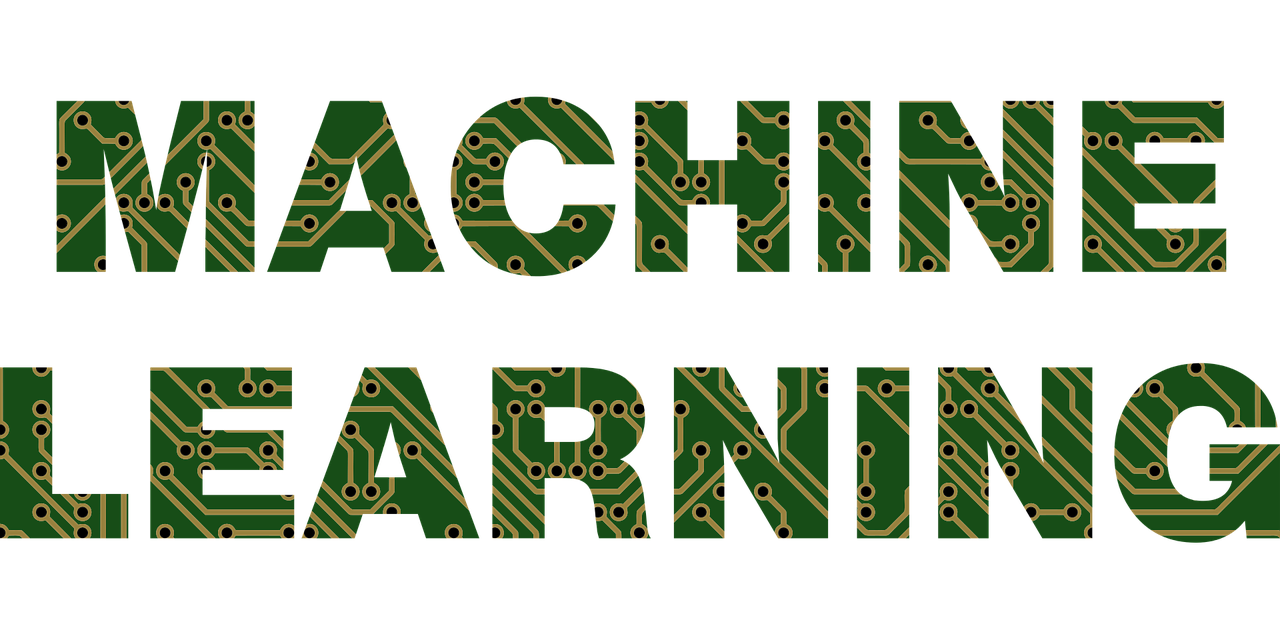What Is Machine Learning? We Explore The Methodology & Use Cases
Our team at Design In DC is captivated by the vast potential of Artificial Intelligence. We’ve worked on a few projects in this field and we’ve only scratched the surface. AI is also a very general concept, and its disciplines need to be deconstructed for the best understanding. There are quite a few disciplines in the field of AI, and it would take many books to cover them all in great detail.
One fascinating discipline of AI is machine learning, which at its core is pattern recognition. Humans themselves are pattern recognition machines. Learning is based on intricate sets of pattern recognition and then being able to make decisions based on those patterns.
Think of it this way: AI is the broad science of mimicking human abilities. Machine learning trains a machine how to learn.
So is it possible for machines to learn based on pattern recognition, and continue to learn without programming, as well? Yes, and in some ways that are a bit “human-like” and many ways that are not. Our team has been hard at work on several projects that utilize machine learning. So we’d love to offer our insights on the potential of machine learning.
Machine Learning provides computers with the ability to identify patterns from mountains of data, analyze those patterns, and make predictions.
This learning method allows computers to perform specific tasks autonomously. Machine learning algorithms can be divided into three categories: supervised learning, unsupervised learning, and reinforced learning.
Supervised learning incorporates prior learning into the algorithm.

Basically, a bunch of existing knowledge and conditions are programmed into the machine learning algorithm by a human. It’s certainly not a clean slate. Prior learning is incorporated through a tag system. The system is essentially told beforehand what is “right” versus “wrong.” The tag system allows the algorithm to associate existing data to make new decisions and predictions.
For example, when a social media post gets flagged by an algorithm on social media for various reasons, that’s the result of supervised learning. Supervised learning all depends on the patterns it has learned from the history of social media posts and all of the “flags” that come with that.
Supervised learning algorithms can predict future events based on historical data. This kind of learning can be used to predict future election outcomes or if credit card transactions are likely to be fraudulent.
Unsupervised learning is the opposite. It is all about learning with a clean slate.
This is a particularly interesting way a machine can learn. Machine learning algorithms do not have previous knowledge of unsupervised learning. If you feed an algorithm a bunch of data that it’s never seen before, it hasn’t had the chance to learn over time. The system is not told beforehand what is “right” versus “wrong.”
But with unsupervised learning, an algorithm can still extract patterns from this. Often unsupervised learning is really good for data analysis. Our marketing team, for example, can analyze mounds of data based on unsupervised learning and find patterns that can make sense of the data.
Reinforced learning allows an algorithm to learn from its previous experience.
We can see a lot of reinforced learning used in robotics and infrastructure projects. While supervised learning is about learning through preconceived knowledge, reinforced learning is all about trial and error.
This type of machine learning embraces discovery. So the best outcomes will be reinforced and learned over time, while the bad outcomes are brushed aside. So reinforced learning offers a longer-term solution for machine learning. But its outcome-based learning can be very effective for certain things.
How can your business choose the correct machine-learning model?
Similar to how all businesses should approach adopting technologies, choosing the right machine learning model is all about solving the right problems. It can be a time-consuming process if not done correctly, so it’s best to have a collaborative process between all teams.
Data scientists need to have a seat at the table for aligning the problem with potential data inputs. But other people who have a deep relationship with the problem needing to be solved also need to collaborate with the data scientists.
Before choosing the type of machine learning algorithm, any business needs to collect the right data and see how it performs with each. This takes the collective efforts of people who are highly skilled in data science. ‘
Choosing the right machine learning algorithm then requires using and testing. It’ll take a little while based on the results to determine the best solution. Machine learning is a long-term technological solution for businesses. Even with the vast power and intelligence of today’s machines, true learning still takes time.
Machine learning has significantly evolved since its nascent days – but still has much room to grow.
The iterative aspects of machine learning’s evolution need to be greatly emphasized. Machines can independently adapt over time as they are exposed to more data. Machines learn from previous computations to produce repeatable decisions and results that are reliable. This will create outcomes in the future that are well beyond our comprehension today.
While many machine learning algorithms have been around for a long time, the ability to automatically apply complex mathematical calculations to big data is a recent achievement. As the availability of big data continues to grow and computational processing becomes cheaper and more powerful, machine learning will become more and more a fact of daily life.
It’s possible today to quickly produce models that can analyze bigger, more complex data and deliver faster, more accurate results. How this will scale is also important. But scalability is within our grasp.
More and more businesses are adopting machine learning. Most industries working with large amounts of data have recognized the value of machine learning technology. I have written about the what and the how of machine learning, but what are the advantages and disadvantages of machine learning?

So what are the advantages and disadvantages for a business to adopt machine learning?
Machine learning has seen a sizable uptick in use cases for a wide range of businesses. That’s perhaps the most exciting (and perhaps, concerning) fact about machine learning’s development over time.
The power to predict is a mighty one. So many businesses are utilizing machine learning for the power to predict customer behavior. This can have its wonders and benefits. But also its issues. Online shopping recommendations, using customer data and correlating it to customer behavior, have gotten significantly more tailored and sophisticated over the years.
Transportation is also a key use for machine learning. This pursuit has been eye-opening for businesses. Self-driving cars are very much built on the future of machine learning. It hasn’t been as easy to teach machines about the intricacies of driving, and a lot of money has been spent.
But on the positive side, machine learning has also revolutionized transportation logistics, a more financially-practical application than self-driving cars. Whether it’s with traffic signals, or Uber matching you with a driver, machine learning has made transportation faster and more efficient.
The advantage of machine learning is that it could revolutionize your business in the long term. It’s all about figuring out what can work in the short term and the long term. Some machine learning projects are better suited for a long-term mindset. A big disadvantage, then, is that a true machine-learning operation built for success is expensive. Machine learning projects need to be driven by data scientists who are highly skilled. The required software infrastructure is also expensive, although can be made cost-efficient with some effort.
On the learning side, machines are not immune from machine learning bias. Algorithms trained on data sets that exclude certain populations or contain errors can lead to inaccurate models of the world.
Without a core understanding of the intricacies of how the world works, learning is compromised. Companies need to be careful of the ramifications that improperly trained machines can create. Bias is powerful and pervasive in human nature, and it sure can be that way with machines too.
In conclusion: there’s a lot to be excited about in machine learning and its potential. But there are still challenges and limitations today.
It’s remarkable that machine learning has made as much progress as it has. The various learning algorithms all work in their own ways, and their effectiveness has been varied. There’s still a lot of room for machine learning to grow. As machines learn and learn, businesses will start to see more and more fruits.
So in summary…
- Machine learning is complicated, varies in efficacy, and the learning algorithm chosen is important. It needs to be relevant to what your business does.
- The machine learning algorithms are supervised learning, unsupervised learning, and reinforced learning.
- It takes a lot of work to create an effective machine-learning project
- A long-term investing mindset in machine learning is what will bear the most fruit. Machine learning has made remarkable progress, but still has much room to learn from itself.
Thanks for reading this post! I also wanted to invite you to check out the rest of the DDC Blog. In addition, we have been writing our new email publication called The Human Future Journal. It investigates the potential of certain technologies to create a brighter future for humanity, and not in a dystopian way.
Don’t forget to follow us on Social media if you want to stay up to date with all of the latest Design In Dc news!












